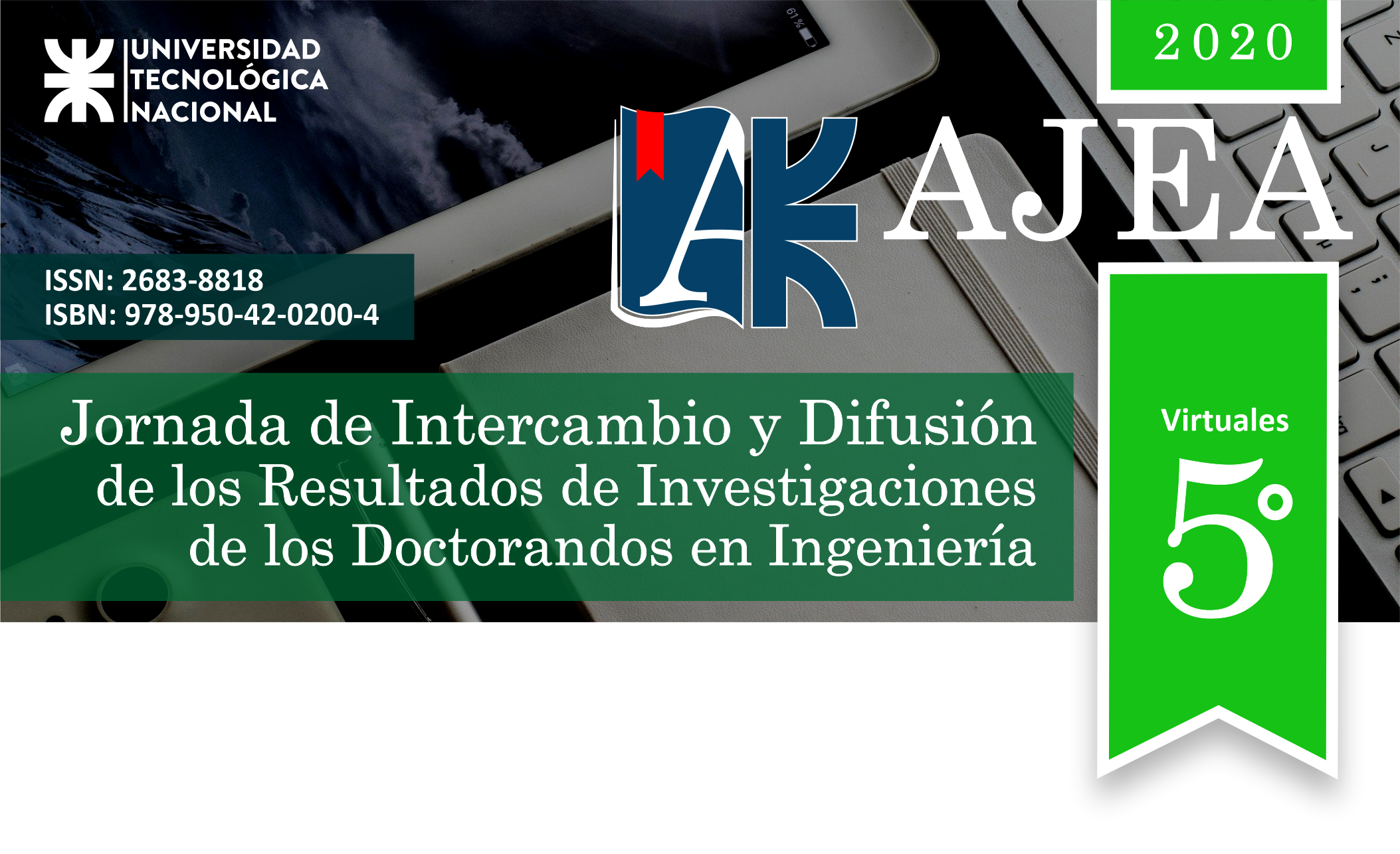Quantitative evaluation of triboelectric phenomena in biological models: A study of the biophysical mechanisms responsible for the insecticidal effect of nanomaterials
DOI:
https://doi.org/10.33414/ajea.5.697.2020Keywords:
nanoinsecticides, triboelectrification, electrostatic measurements, mode of actionAbstract
Nanomaterials are considered "the tools of the future" due to their wide range of technological applications. Recently, microparticulate nano-engineered alumina insecticide powders (NSA/NAIP), a material that has insecticidal properties, has gained importance due to its potential use for pest control in agriculture. Alumina nanoparticles are synthesized through the combustion method, in which the reagent and the synthesis methodology are the variables that determine the characteristics of the resulting particles, the size, the structure, quantum effects, as well as the dielectric and magnetic properties. The insecticidal activity of NSA also depends on its counterpart, the electrical charge of the insect's body, whose magnitude varies according to the species, mobility, and the substrate on which its displacement. The first works on the nanoinsecticide NSA describe its mechanism of action as a sequester of cuticular waxes from insects; however, it is still necessary to determine and quantify the mechanism through which NSA particles adhere to the body of insects before exerting their insecticidal activity. In order to understand in detail, the phenomenon of adherence of the particles to biological surfaces, this thesis study, the triboelectric activity of insects body, the NSA´s nanoparticles electrostatic charge as well as their correlation with the insecticidal activity by using two species of insects pest of stored grain (Sitophilus oryzae y Oryzaephilus surinamensis), and a control specimen (Tenebrio molitor) for adjustments and the measurement method validation that is exposed here. This research is offered as a thesis advance.










